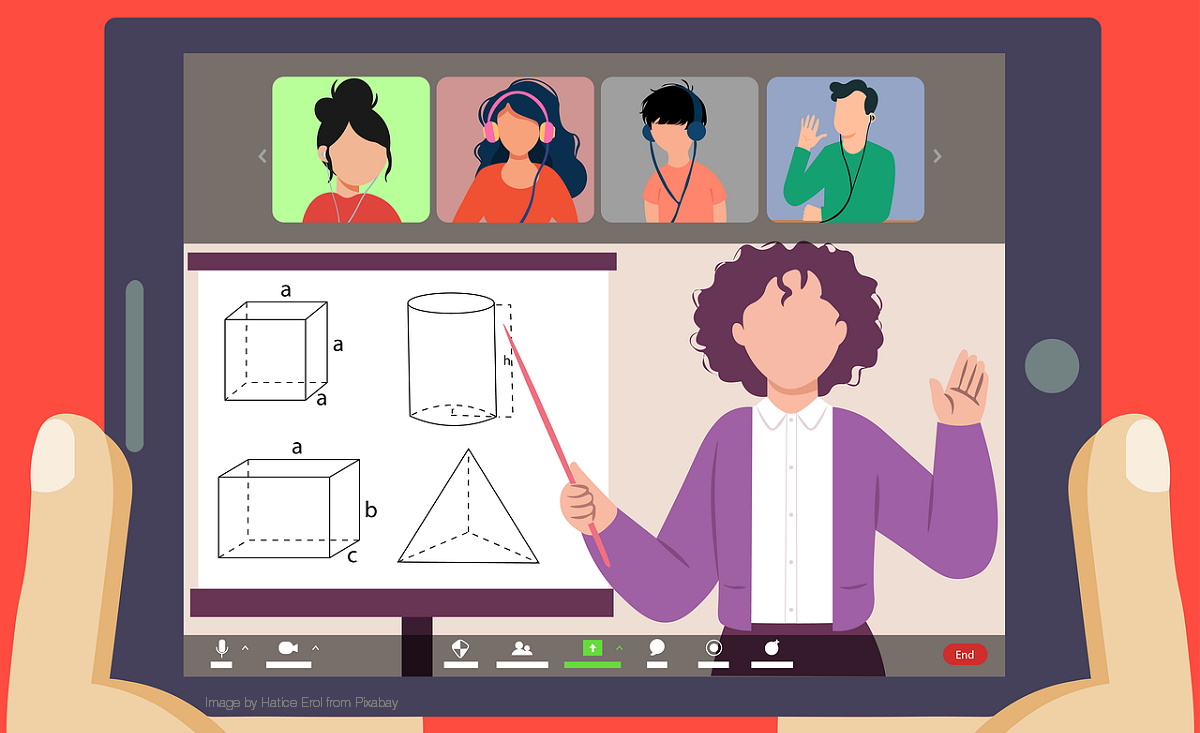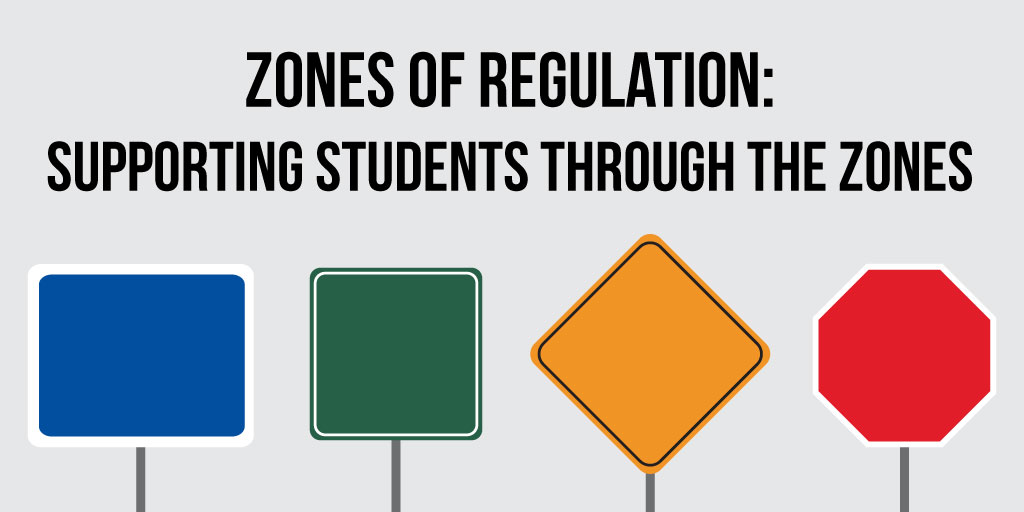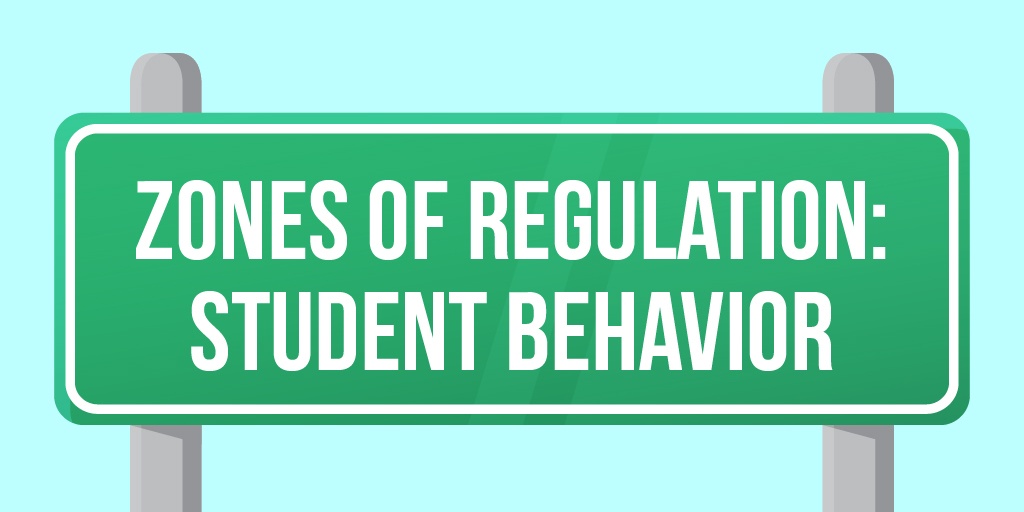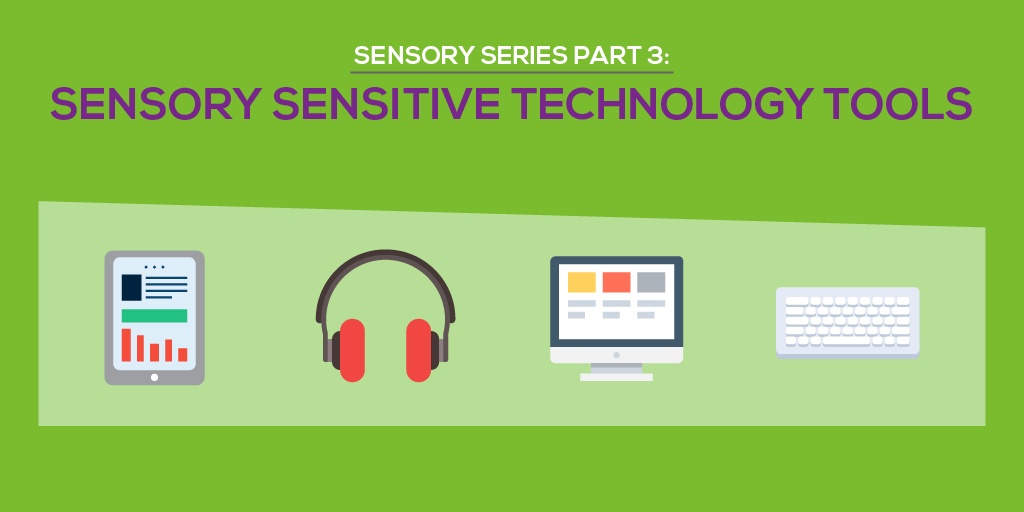The school year is in full swing and depending on how your area has been affected by the ongoing pandemic, that ‘swing’ may feel more like a roller coaster ride! With possible adjustments in learning environments from in-class to remote instruction, teachers should be prepared. This includes classroom management procedures and routines that should be easy to implement and follow. Managing a classroom virtually has its challenges such as lack of teacher’s physical presence for monitoring engagement, and limited view of facial expressions and body language to communicate thoughts and feelings but it is not impossible. At this point in the year, routines have been established to navigate the learning day. How can these procedures be adapted to remote instruction? Review the chart below.
Classroom Management – Tips for Any Learning Environment
Topics: tips for teachers, Classroom Management, distance teaching, blended learning, hybrid learning, remote instruction
Every classroom has its handful of personalities that make it memorable and distinct—this makes teaching both fun and frustrating at the same time. All of these students add flavor to the classroom, but at times, they may need help or encouragement to mature in one area or another.
As we emphasize a growth mindset in the classroom, we can help to support them in this. A student who lacks leadership skills may need to be encouraged to voice their opinion, or a student who is overly competitive may need help to learn how to be a good sport when losing.
Here is an approach to our students that we work with every day that helps us to relate to a few of these “stereotypical” types of kids. Keep in mind that this isn’t intended to make fun of any student, but to acknowledge that we all have areas of growth. We don’t want to just “be annoyed” by excessive sneezing, grouchiness, or shyness—these can be warning signs of other issues that we should keep an eye on. Most of the time though, these small quirks from our students become endearing over time.
Topics: tips for teachers, Classroom Management
Zones of Regulation: Supporting Students Through the Zones
A wealth of research is coming out about the zones of regulation and how this idea can help students in our classrooms. The zones are a way to conceptualize and visualize the internal feelings that a student may be having at any particular moment. Ideally, our students will come to us calm and ready to learn, but if something happened that was stressful or emotional—whether at recess or before school—that may not be the case.
Topics: Administrator Resources, tips for teachers, Classroom Management
One of the questions I am often asked when it comes to students who really struggle with behavior is “What can we do to try to help?” At times, a student’s behavior can be extremely challenging—it can feel defeating and leave you unsure of a starting point.
It’s important to note that there are sometimes circumstances that fall outside of what the education system can assist with. Some students need support in a more intensive program and may require therapy or counseling. There may be medication issues or undiagnosed conditions that are at the root of the situation, or the student could be in an abusive environment and is acting out to let someone know that something is wrong. For most of these situations, there is little a school can do to control the outside factors.
Topics: Classroom Management
The proverbial hamster wheel is a constant in a teacher’s life. We take on everything and anything that comes our way: new curriculum, standardized tests, lesson planning, paper grading, bulletin boards, classroom supplies, technology, etc. But most teachers will tell you that the absolute hardest part of teaching is a challenging student. There are varying definitions of a challenging student, such as talking incessantly, not being able to sit still, or being apathetic, unfocused, disruptive, or defiant. This year I have three—it can make for a long year, but here are some strategies that can help you with the challenging students in your classroom:
Topics: Administrator Resources, tips for teachers, Classroom Management
When you look at the Jefferson Memorial, the numerous ionic columns support the giant marble dome, making it look strong and symmetrical. It is an impressive structure—the pillars are all needed in order to make it stand. Without each one of them, the structure would definitely be unstable and could fall.
An architectural structure such as this is a good metaphor for classroom management. The learning, the curriculum, and instruction are the dome. It is the most important part of the entire structure, but it cannot stand without the columns supporting it. Classroom management are the pillars; it supports the entire structure, and each part of it matters.
Topics: tips for teachers, Classroom Management
With 1:1 devices in the classroom, teachers have run across a new challenge that is also an old one. Too often, students come to class unprepared to use the device—most of the time it is not charged, and other times it may be left at home. These devices are critically important to learning. A teacher with a lesson planned on Google Classroom can't just run an extra copy if a student has a dead battery.
Topics: Classroom Technology, tips for teachers, Classroom Management
Behind the Principal's Desk: How to Talk to Students Who Are Sent to the Office
One of the roles I was least prepared for when I became a principal was that of “lead investigator” of the school. I quickly found out that hours and hours could be swallowed up by a simple restroom issue or playground problem. I had no idea what to do or how to do it when it came to questioning students—nor did I realize how much time it could take.
Over the years, I have developed some techniques to help make this process work better, both for myself and for the students. Some of these ideas increase efficiency, some increase effectiveness, and some are just general guidelines to help maintain rapport with both students and teachers.
Topics: Administrator Resources, Student Engagement, Classroom Management
Sensory Series Part 3: Sensory Sensitive Technology Tools
In the previous two Sensory Series posts, we covered meeting the sensory needs of students and designing a sensory sensitive classroom. The final piece of the sensory puzzle is how devices can assist students in the classroom. Can technology help students with sensory issues? And can it impede their learning if we aren’t attentive to their needs?
Topics: Classroom Technology, tips for teachers, Classroom Management, Sensory Needs
Teachers who have taught for a few years know that every individual class takes on its own personality. Hopefully it is not a clash of personality, but a class of personality. Each of the individuals in the room add to create one overall classroom “personality.” Even one or two new students moving into or leaving a classroom can change the entire culture and dynamic of the room.
Topics: Administrator Resources, tips for teachers, Classroom Management











